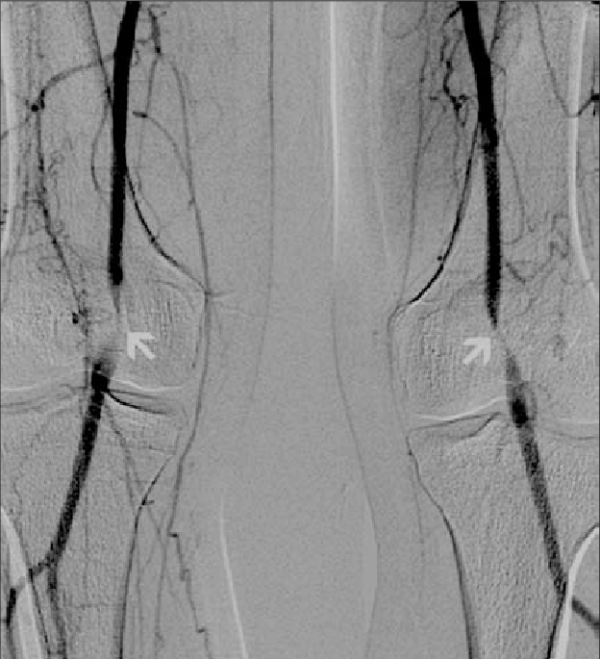Angioplasty Treatment
Treatment Options
The angioplasty procedure can be used in various ways to treat leg artery occlusion:
-
Balloon Angioplasty: A balloon is placed at the area of blockage, and the balloon is inflated to open the artery. This procedure compresses plaques inside the artery, allowing it to expand.
-
Stent Placement: During or after balloon angioplasty, a stent (a small mesh structure made of metal or polymer) may be placed to keep the artery open. This stent is positioned against the artery wall and eventually fuses with tissue to prevent further blockage.
-
Atherectomy: This procedure involves using special tools to remove accumulated plaques in the artery. It is chosen based on the cause of the blockage.
Post-Procedure Care
After the angioplasty procedure, patients need to be mindful of the following:
-
Rest: It is recommended to rest for at least 4-6 hours after the procedure.
-
Medication: It is important to take the medications prescribed by the doctor regularly.
-
Fever and Infection Symptoms: If any fever or signs of infection occur, the doctor should be contacted immediately.
Advantages and Disadvantages of Angioplasty Treatment
Advantages
-
Non-Surgical Procedure: Angioplasty offers the possibility to open the artery blockage without the need for surgery.
-
Short Recovery Time: Patients are typically discharged on the same day and can resume normal activities quickly.
-
Minimal Risk: Modern angioplasty techniques minimize the risk of complications.
Disadvantages
-
Incomplete Blockage Removal: In some cases, angioplasty may not fully remove the blockage.
-
Risk of Re-Blockage: The opened artery may become blocked again over time. Regular follow-up and lifestyle changes are important.
Success Rate
With advancements in technology and increasing experience, many previously inaccessible arteries can now be opened. Especially, blockages in arteries below the knee can also be treated with angioplasty.
Capillary Artery Occlusion
Capillary artery occlusion typically involves very small vessels and is difficult to treat. However, blockages in arteries below the knee can be treated with angioplasty.
Conclusion
Leg artery occlusion is a significant health issue, and early intervention in the treatment process is crucial. When pain, wounds, or other symptoms appear in the legs, seeking a healthcare professional is essential. Angioplasty treatment is an effective method to resolve these issues and improve the quality of life for patients.
This information is supported by medically verified details from expert doctor İbadat Hasanov, aiming to educate individuals. In every case, the treatment plan is customized for the patient and carefully evaluated by the doctors.

































